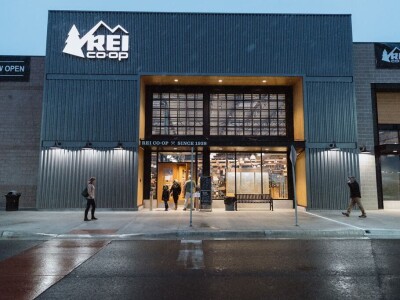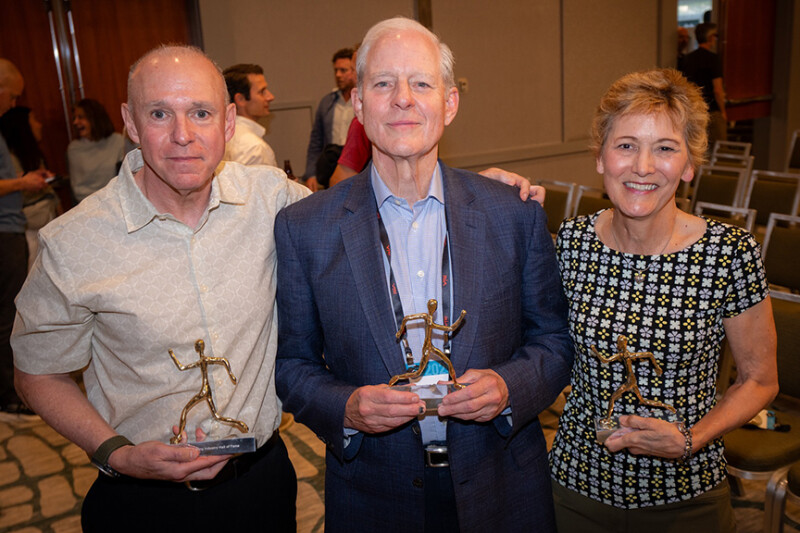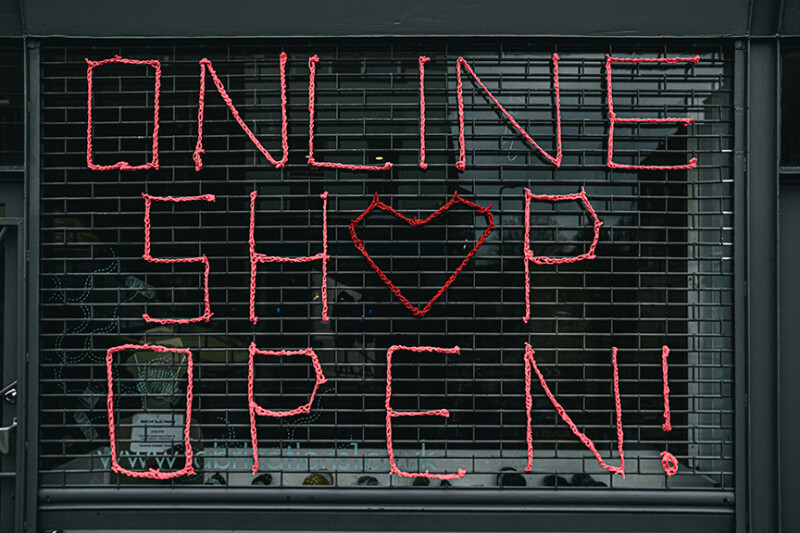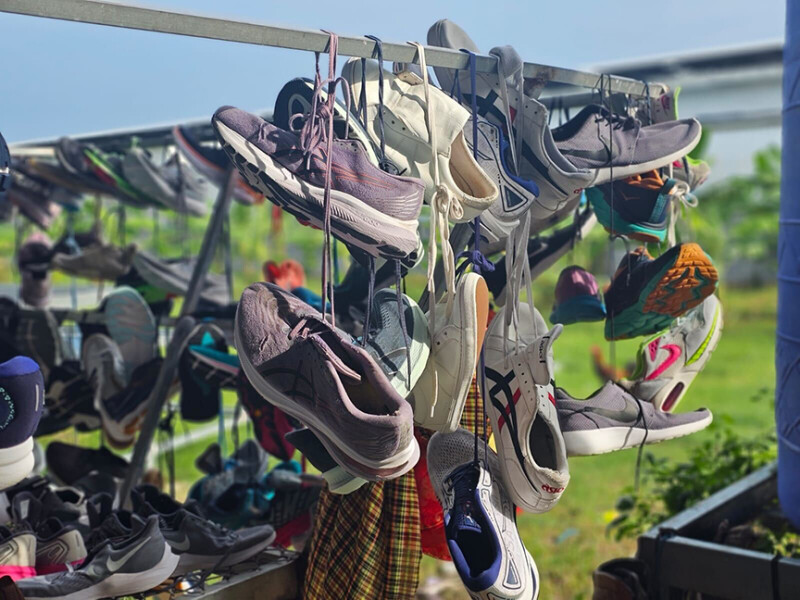Runners tend to be a loyal bunch, whether to their shoe brand, their training plans or their local run specialty store. It’s the latter that made outdoor retail giant REI’s 2022 expansion in the running space somewhat of a risk. But by most metrics, it was a gamble worth taking. According to REI, its run business is 20 percent bigger today than it was in 2022 — and the company now sells more running shoes than hiking shoes.
The store has found its foothold with runners with a multi-pronged strategy, explains Fan Zhou, general manager of merchandising for footwear.
“It goes back to the reason we started on this journey to begin with,” he explains. “We believed our existing members were running and that we weren’t serving them as well as we could.”
To upscale the running experience for members, the big-box retailer has created a decidedly local specialty store approach. As a starting point, REI expanded its selection of footwear, especially on the road side. Using its size, the company also personalized the products it carries to each market. The clothing a runner needs in Alaska is going to be quite different than a runner in Tampa, for instance, especially in January.
Taking this hyper-local approach a step farther, REI also identified key running markets and created stores-within-stores where runners can find all they need in a centralized space. They launched these run specialty spaces first in Los Angeles and D.C. and have plans to expand the concept to Chicago and Denver by year’s end.
“We provided a holistic environment for runners within the stores,” explains Zhou. “They can find a curated selection of their shoes, apparel and nutrition all in one spot.”
This innovative approach has spread outside the store’s four walls, too. In both LA and D.C., REI has created local running events with the idea of filling existing gaps. “We looked at what the running communities needed and how we could deliver them something unique and compelling,” explains Zhou.
In Los Angeles, for instance, REI created a 5K trail race at local ski resort Mt Baldy. The idea was to introduce trail racing at an attainable distance – rather than an intimidating ultra – and do it with a festive, communal atmosphere. “Runners ascend 1500 feet and meet at the top, where they can hang out after with food and drinks, then take the chair lift back down,” says Zhou.
In the D.C. area, REI aimed to disrupt the concept of a neighborhood 5K. Anchored at a local brewery, runners took a 3.1-mile tour of the city, then finished at the brewery for an afterparty. The event was well received and REI intends to build on its momentum with an even bigger version next year.
Brand Partners Weigh In
REI’s expansion into the running space has also involved deeper partnerships with its running brands, including most of the big boys.
Jen McLaren, president of Altra Shoes, says that REI’s values align well with the brand’s own ethos. “Our goal was to expand our position with current members, while also attracting new members who before hadn’t considered REI as a running resource,” she says. “Now REI is becoming that resource and together we can get behind new, innovative solutions for the consumer.”
One way that is playing out is the launch of Altra’s Outroad 3 in September, exclusive to REI. “We’ve leaned into the partnership and even brought our founder into the LA store to share our story and go running with customers,” McLaren says.
On has also realized benefits from its REI partnership and has watched it grow and evolve over the past two years.
“REI is one of our key partners, enabling us to connect with a diverse group of road running and experienced trail running enthusiasts,” says Shay Huskey, key account marketing lead. “Collaborating with REI allows us to validate our outdoor products and introduce new innovations to a large audience of dedicated members.”
According to Zhou, REI’s run market growth is benefiting from the design and innovation in the run space in general. But from the outside looking in, REI is likewise having a positive benefit for runners, from the seasoned to the newly converted.
__________
A Path Ahead
The outdoor industry has long missed the mark in creating an inclusive environment. Brands and retailers are beginning to recognize this, however, and are working in many ways to improve the culture.
A piece of that effort comes in the form of REI’s Path Ahead Ventures, founded in 2022 as an acknowledgement that people of color represent only one percent of outdoor entrepreneurs. With a goal of accelerating the success of founders of color, the Path Ahead program offers support to startups owned and led by people of color.
Sid Baptista, founder of PYNRS (pi-o-neer-s) which he bills as “streetwear-inspired running apparel,” is one participant in Path Ahead. Baptista began running in Boston in his mid-20s and quickly fell in love with the sport.
With a goal of normalizing running in Black and Brown communities, Baptista founded the PIONEERS Run Crew in 2017. In doing so, he noticed the lack of running apparel that properly fitted most runners in his community.
An idea was born and in 2020 Baptista launched his clothing line with a crowdfunding campaign. While he raised over $50,000, he knew he still faced an uphill
battle. The Path Ahead became a partner in that grind.
“REI found us on Instagram and I was ecstatic to apply and get through the Path Ahead process,” Baptista says. “They provided us with capital, which is huge for apparel, and connected me with an incredible network.”
Another boost for Baptista is that REI now carries his line, which has led to more opportunities. “In run specialty, if you say you’re in REI, it’s an advantage for getting into other stores,” he explains.
Likewise, Baltimore-based Susan Clayton, CEO and founder of WhitePaws RunMitts, has found her participation in Path Ahead invaluable.
“The program provided us with a week-long learning cohort in Seattle, plus mentors and funding,” she says. “I’ve learned so much and having a safe space with the cohort to ask questions and know that I’m not alone is so helpful.”
With aspirations of growth, Clayton has put the program’s lessons on structuring, marketing and production to good use. “Path Ahead helped me realize I needed help,” she says. “I have big ideas but don’t always know how to implement them. That’s where Path Ahead really mattered.”






